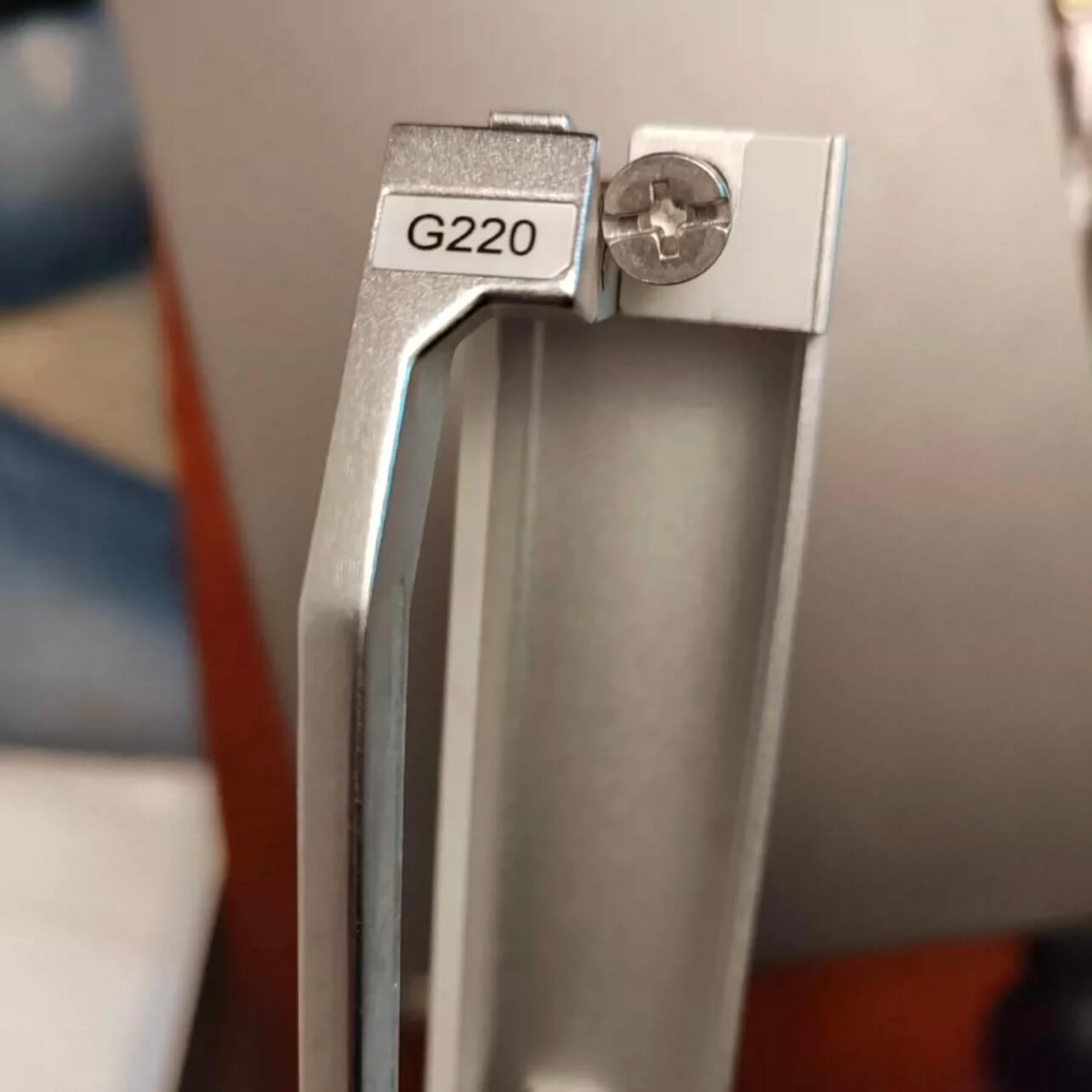Link You To Professional Networks

TNV3G220 Is Huawei OptiX OSN 9800 20 Port 10 Gbit/s General Service Processing Board

Huawei OptiX OSN 9800 20 Port 10 Gbit/s General Service Processing Board TNV3G220 Overview
TNV3G220: 20 x 10 Gbit/s General Service Processing Board
When ports on a G220 board are used as tributary ports, the G220 board supports a mix of ODU0, ODU1, ODU2(e), and ODUflex signals.
When ports on a G220 board are used as line port (line mode) , the G220 board performs the following conversions: 8 x ODU0/8 x ODUflex/4 x ODU1/1 x ODU2<->1 x OTU2 and 1 x ODU2e<->1 x OTU2e. Each port on the G220 board supports a mix of ODU0, ODU1, and ODUflex signals.
When a port on a G220 board is used as a line port (relay mode), the port supports the electrical regeneration of one channel of OTU2/OTU2e signal.
The G220 board consists of a client-side optical module, signal processing module, control and communication module, and power supply module.
This topic describes how the physical ports on the G220 board are displayed on the NMS.
Function and Feature Of TNV3G220
|
Function and Feature |
Description |
|
Backplane capacity |
The total bandwidth is 200 Gbit/s. |
|
Client-side service type |
|
|
Service mapping mode |
|
|
FEC coding |
Supports ITU-T G.709-compliant forward error correction (FEC) on the client side when the client-side service type is OTU1 or OTU2(e). |
|
OTN overhead protocol |
Uses the frame format and overhead processing compliant with ITU-T G.709. |
|
OTN overhead |
|
|
Maximum frame length for a port |
1518 to 9600 Bytes, supports a jumbo frame with a maximum length of 9600 bytes. |
|
LPT |
Supported on the client side when FE/GE/10GE LAN services are received. NOTE: The port equipped with an electrical module does not support LPT. |
|
Client 1+1 protection |
Supported NOTE: When OTU1 services are received on the client side, client 1+1 protection is only supported in ODU1 non-convergence mode. |
|
ODUk SNCP |
Supported NOTE: Support tributary SNCP for ODU0 only when working in ODU1_ODU0 (OTU1->ODU1->ODU0) mode. |
|
Tributary SNCP |
Supported NOTE: The board supports tributary SNCP protection only when the client-side service type is OTN, SDH or SONET. |
|
Electrical-layer ASON |
Supported |
|
L1 service encryption |
Supported NOTE: When working in ODU1 convergence mode and ODU1_ODU0 mode, the board does not support encryption. |
|
ALS |
Supported on the client side when non-OTN services are received. NOTE: The port equipped with an electrical module does not support ALS. |
|
LLDP |
Not Supported |
|
Physical clock |
|
|
IEEE 1588v2 |
When GE (GFP-T) or 10GE LAN services are received on the client side and Port Mapping is set to MAC Transparent Mapping (10.7G), the TC, TC+OC, BC, and OC modes are supported. NOTE:
|
|
ITU-T G.8275.1 |
When GE (GFP-T) or 10GE LAN services are received on the client side and Port Mapping is set to MAC Transparent Mapping (10.7G), the BC mode is supported. NOTE:
|
|
ITU-T G.8273.2 |
Supported NOTE: The board does not support ITU-T G.8273.2 when the system control board is U2CTU. |
|
Outband DCN |
Supported communication over ESCs when the client-side service type is OTU1/OTU2/OTU2e. |
|
Test frame |
Supported NOTE:
|
|
PRBS |
The PRBS function in the optical port direction is supported only when the client-side service type is STM-1, OC–3, STM-4, OC-12, STM-16, OC-48, OTU1, STM-64, OC-192, OTU2 or OTU2e. NOTE:
|
|
Latency measurement |
|
|
Channel loopback |
Supports inloops and outloops on channels. NOTE: ODU0 channel loopbacks are supported only when the port working mode is the ODU1_ODU0 mode (OTU1->ODU1->ODU0). |
|
Port loopback |
NOTE:
|
|
Alarm and performance event monitoring |
|


